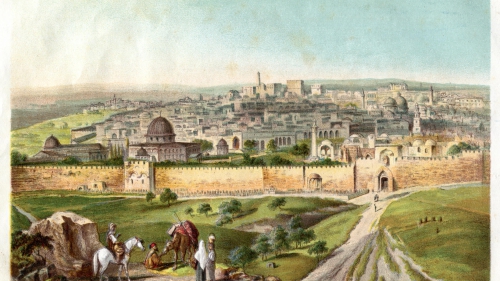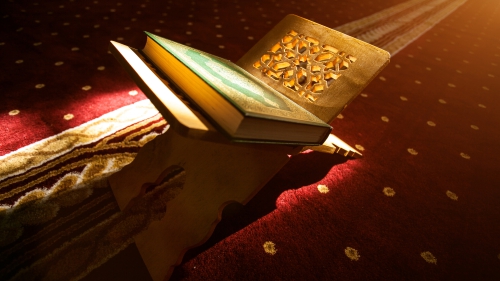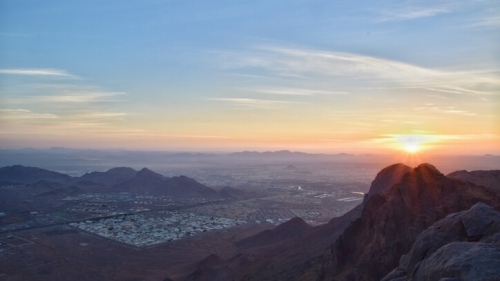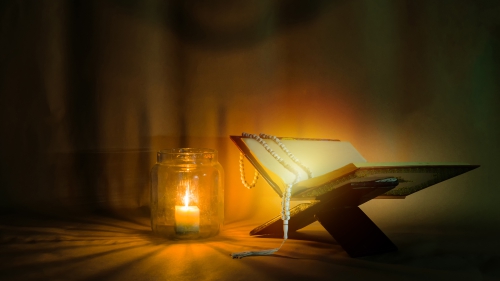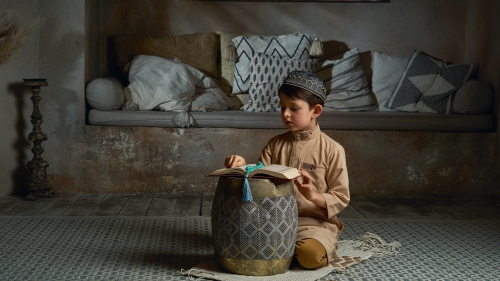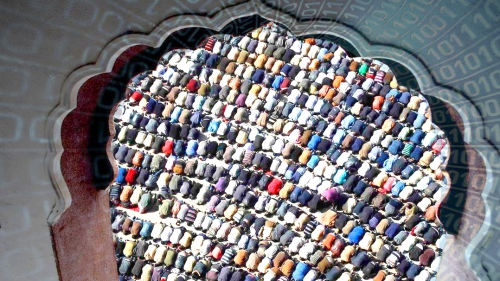Hagia Sofia: Church, Mosque or Museum?
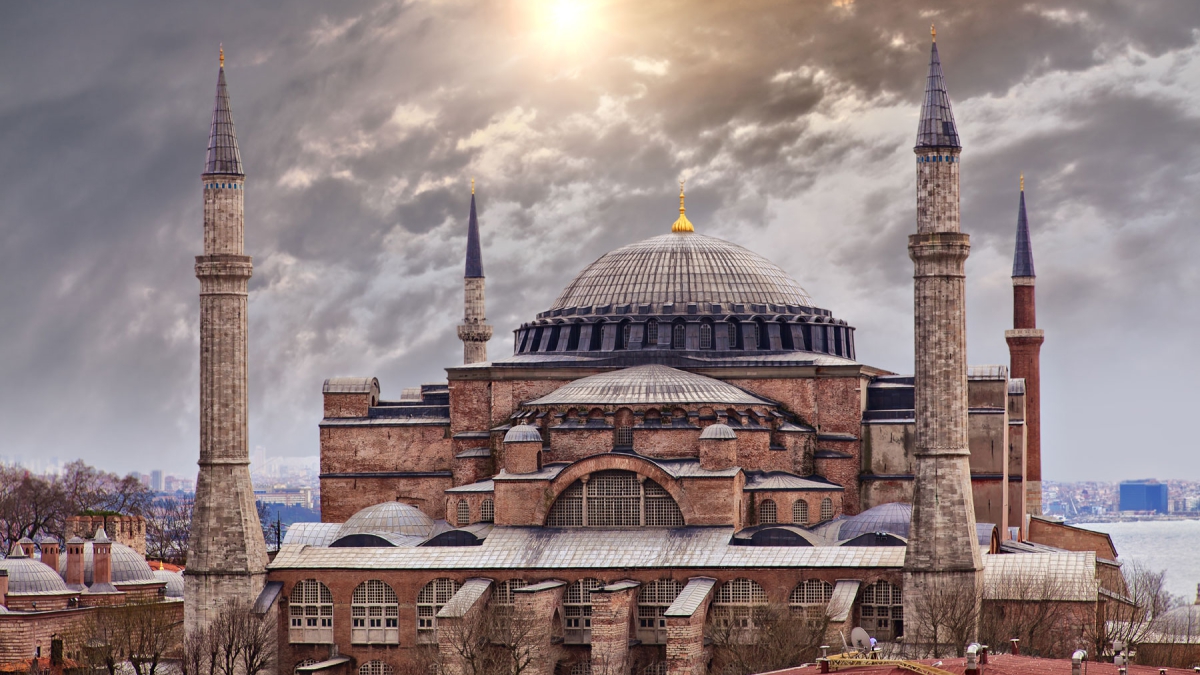
From 537 C.E. till 1453 C.E., Hagia Sofia (literally means the wisdom of God) was under the control of various Christian denominations. After the conquest of Constantinople in 1453, Sultan Mehmed II decided to convert it into a mosque. He removed the statues of Jesus, Mary, and other icons, and Mosaics depicting various Christian symbols were plastered over. It is important to note earlier Christian Emperor Leo the III around 726 C.E. had removed all the Christian Mosaics in Hagia Sofia.
In 1931, Kamal Ataturk turned it into a museum of Christian and Muslim artifacts.
In July 2020, a Turkish court decided to restore its status as a mosque stating that the conversion of the Hagia Sophia Mosque into a museum was unlawful as it violated the will of its endower, Sultan Mehmed II. Hagia Sophia is a part of his endowment which he converted into a Mosque after he conquered Constantinople in 1453.
Christians of all denominations who fought for centuries for the possession of this historical religious monument and secularists condemned this.
The Turks are divided on the issue. A majority want it reinstated as a mosque while a minority wants it to retain its museum status. The Muslim community, all over the world, is also divided. A group of Muslims supports the Turkish court decision. Some groups condemn it. Another group calls it a wrong move and says it would hurt Muslims in countries where mosques are being targeted.
How should one develop an opinion based on divine teachings?
There are two opinions among Muslim scholars on the issue of conversion of non-Muslim places to worship. One group states that if Muslims take over land and others abandon their places of worship, they should turn them into mosques. They quote the Quranic verse. "And say, Truth has come, and falsehood has perished. Indeed falsehood, by its nature, is ever bound to perish." (17:81)
The second group argues that Muslims should protect the houses of worship of other faiths. In support of their argument, they quote the following Quranic verse. "Those who have been driven unjustly from their homes only for saying, 'Our Lord is God.' If God did not repel some people by means of others, many monasteries, churches, synagogues, and mosques, where God's name is much invoked, would have been destroyed. God is sure to help those who help His cause- God is strong and mighty. (22:40)
They also quote a letter; the Prophet send to monks of Mt. Saint Catherine that reads as follows:
"They [Christians] must not give anything of their income but that which pleases them—they must not be offended, or disturbed, or coerced or compelled. Their judges should not be changed or prevented from accomplishing their offices, or the monks disturbed exercising their religious order…
He will be regarded as one who has corrupted the oath of God, disbelieved His Testament, rejected His Authority, despised His Religion, and made himself deserving of His Curse, whether he is a Sultan or any other believer of Islam.
Whenever monks, devotees, and pilgrims gather together, whether in a mountain or valley, or den, or frequented place, or plain, or church, or in houses of worship, certainly, we shall protect them. For they are under my Protection."
History reminds us that Hagia Sophia was not only a Church but also a center of crusaders. It fell to the Ottomans when they won the war. They did not destroy it; the way victors used to do during those times. They did not convert it into a palace. They transformed it into a place of worship of God. They believed it was a place to worship the same God as that of Christians and Jews.
We are not sure if Sultan Mehmed II decision was divinely inspired, or was it the politics of war and the hostility that determined his action. Most likely, the decision was based on the fact that the Ottomans had seen the Haga Sophia play a pivotal rule in conspiracies against them, and they were not willing to take another chance. Instead, they transformed it into a mosque out of political necessity.
Was the decision to turn it into a museum the right one in 1931?
If religious sensitivity was the concern for this decision, then the mosque should have been restored to Christians. It was a place of worship. The choice of Ataturk opened the wounds again.
Is the 2020 decision the right one?
It is a decision based on politics. In my opinion, Turkey could have pioneered a new chapter in interfaith relations by offering a unique action on the issue. A resolution allowing Muslims and Christians to hold their prayers in their own legally designated spaces while retaining the museum in its original form could have satisfied all parties.
With that said, the outcry over the Turkish decision in the West is disingenuous. UNESCO or human rights group did not show its outrage when Spain, Greece, Italy, India, and Israel demolished thousands of mosques or changed their status. It was silent when China destroyed hundreds of mosques. It remained quiet when India, under a judicial order, handed over the Babri Masjid to Hindus based on their concocted claims.
The Turkish decision emerges from their understanding of global politics. It is politics under a cloud of Israeli genocide against Palestinians and xenophobia of Muslims percolating in the West for centuries.
It would have been much better if the Turkish government had given priority to divine guidance. Following is what the Quran says about addressing conflicts among people:
Good and evil are not equal. Repel evil with good, and the person who was your enemy becomes like an intimate friend. (41:34)
History Timeline of Hagia Sophia:
360 – Inauguration of Hagia Sophia, under the rule of Constantius II.
404 – The original roof got destroyed in a fire.
415 – Restored and rededicated by Theodosius II.
532 – Burned down once again in the Nika riots beginning in the Hippodrome of Constantinople. The church got destroyed entirely alongside various others. After a mere 93 days, construction of the Hagia Sophia began.
537 – The reconstruction got completed with the lavish decorations and ornaments
553 – An earthquake shook Hagia Sophia, weakening the crown of the Eastern arch.
558 – Another quake hit, causing a break between the two halves. A few months after, the central dome collapsed alongside the eastern semi-dome. It destroyed the ambo, ciborium, and the Holy Table.
562 – Reconstruction completed.
726 – Hagia Sophia got stripped of religious illustrations and sculptural work with the abolition of the veneration of icons (iconoclasm).
842 – The Second Council of Nicaea commenced the redecoration of Hagia Sophia and reinstituted t icons.
859 – A great fire damaged the Hagia Sophia.
869 – An earthquake caused a half dome to collapse.
989 – Another massive earthquake caused the collapse of the western dome.
994 – Hagia Sophia reopened after reconstruction took place.
1204 – Hagia Sophia became a Roman Catholic Cathedral.
1261 – Hagia Sophia was converted to an Eastern Orthodox Church again.
1344 – An earthquake caused severe damage throughout the striation
1346 – Various parts of the building collapsed, and the church was closed.
1354 – Hagia Sophia reopened after construction.
1453 – Following the fall of Constantinople, Sultan Muhammad ordered the conversion of Hagia Sophia into a mosque. Some say he purchased the building.
1573 – The exterior changed and altered to follow the customary mosque appearance.
1717 – Renovations on the interior began.
1734 – Hagia Sophia added a library and a Quranic School.
1847 – The structure underwent another restoration.
1849 – The mosque reopened.
1919 – The Divine Service in Hagia Sophia, after the Salvation in 1453, started and completed by a Greek military priest.
1935 – The building transformed into a museum on the order of the first President of Turkey Ataturk.
2020 – The 1935 decision to convert the Hagia Sophia to a museum; the Turkish President signs a decree converting it into a working mosque.
Topics: Christians, Hagia Sophia, History, Ottomans
Views: 32674
Related Suggestions







